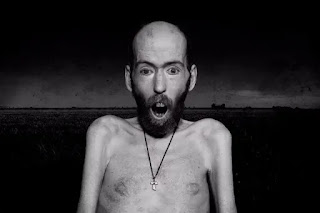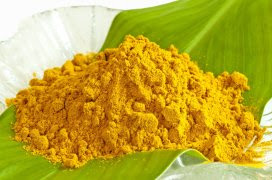The world is changing,many platforms for growth and development are evolving and joining the train is only sensible. The world of 3d printing is so enormous and the influence in all sectors of the economy makes it a rallying point for the business-oriented individuals.
3d printing has helped in medicine, telecommunication,food industry,clothing, jewelry,cars e.t.c the list is endless and the impact is so amazing. There are surgical procedures that could not be achieved some years back,but thanks to 3Dprinting,lives are saved. This is an open invite to catch the vibe,join the buzz,3d printing is the game-changer.
The latest news from the 3d printing world according to 3Dprint.com is that the University of Sheffield is making 3D Printed Micro-Rockets Fueled for Thrust by Enzymes to Deliver Drugs in Human Body.Researchers from Chemical and Biological Engineering at the University of Sheffield are working on it and the process of delivery is astounding.
University of Sheffield are responsible for having created a powerful drug delivery system via 3D inkjet printing, working on previous conventions that due to the tools at hand were just too ‘laborious’ to offer great future potential.
The use of reactive inkjet printing (RIJ), the researchers expose two different solutions to each other, thus creating a new one or causing a change in form—and here the main result is autonomous, silk-based rockets with varied catalyst distribution and direction of movement.
This new technology, technique, and findings, are explained thoroughly in ‘Reactive Inkjet Printing of Biocompatible Enzyme Powered Silk Micro-Rockets,’ by David A. Gregory, Yu Zhang, Patrick J. Smith, Xiubo Zhao, and Stephen J. Ebbens—just published in small.
While this concept is not new and studies regarding this basic idea have been going on for at least a decade, University of Sheffield researchers have found a way to streamline it substantially with 3D inkjet printing.
As interest has grown in seeing this technology progress, the focus is on applications such as:1)Environmental monitoring and remediation 2) In vivo drug delivery and repair 3)Lab on a chip diagnostics
With RIJ technology, there’s much greater potential as compared to lithographic fabrication processes currently ongoing in labs.
Through employing the world of 3D technology and printing, they are able to make micro-rockets, composed of silk scaffolds, and ‘highly biocompatible and non-biofouling.’ At 300 microns in length and 100 microns in diameter (as thick as one human hair), the mini-rockets autonomously propel themselves powerfully but they do require bio-fluids acting as their ‘fuel.’
This could have substantial implications in cancer treatment, as feasibly the 3D printed rockets could seek out and destroy cancer cells without causing any detriment to the human body. Not only that, more progressive benefit is found in using this new technology as it’s more affordable than trying to use devices like polystyrene beads, carbon nanotubes or metal, which require a coating such as platinum, and obviously lead to concerns regarding safety within the body.
The inket printer’s ‘material’ consists of dissolved silk combined with an enzyme, presented in single droplet form by the MicroFab ‘Drop on Demand’ printer, relying on Jetlab software, and employing four single nozzle print heads (60 μm diameter) which are each attached to their own individual reservoir.
The 3D inkjet printer builds up layers of ink, and they are responsible for making a column of the rocket. Beyond that, the researchers have found that the secret is then is exposing the silk to methanol which converts it into a secondary structure allowing for the capture and retention of the enzymes within. The enzyme is then what reacts and acts as the catalyst, with bubbles simply propelling the rocket.
Using the silk scaffolds also eliminates the need for surfactant additives. The process is safe, biodegradable, and affordable, offering the true possibility for realistic use in applications such as drug delivery, tissue engineering, and enzyme immobilization. And as the researchers state in conclusion: “…evidenced by much recent research attention, the future potential to further develop these micro-rockets is significant.”










